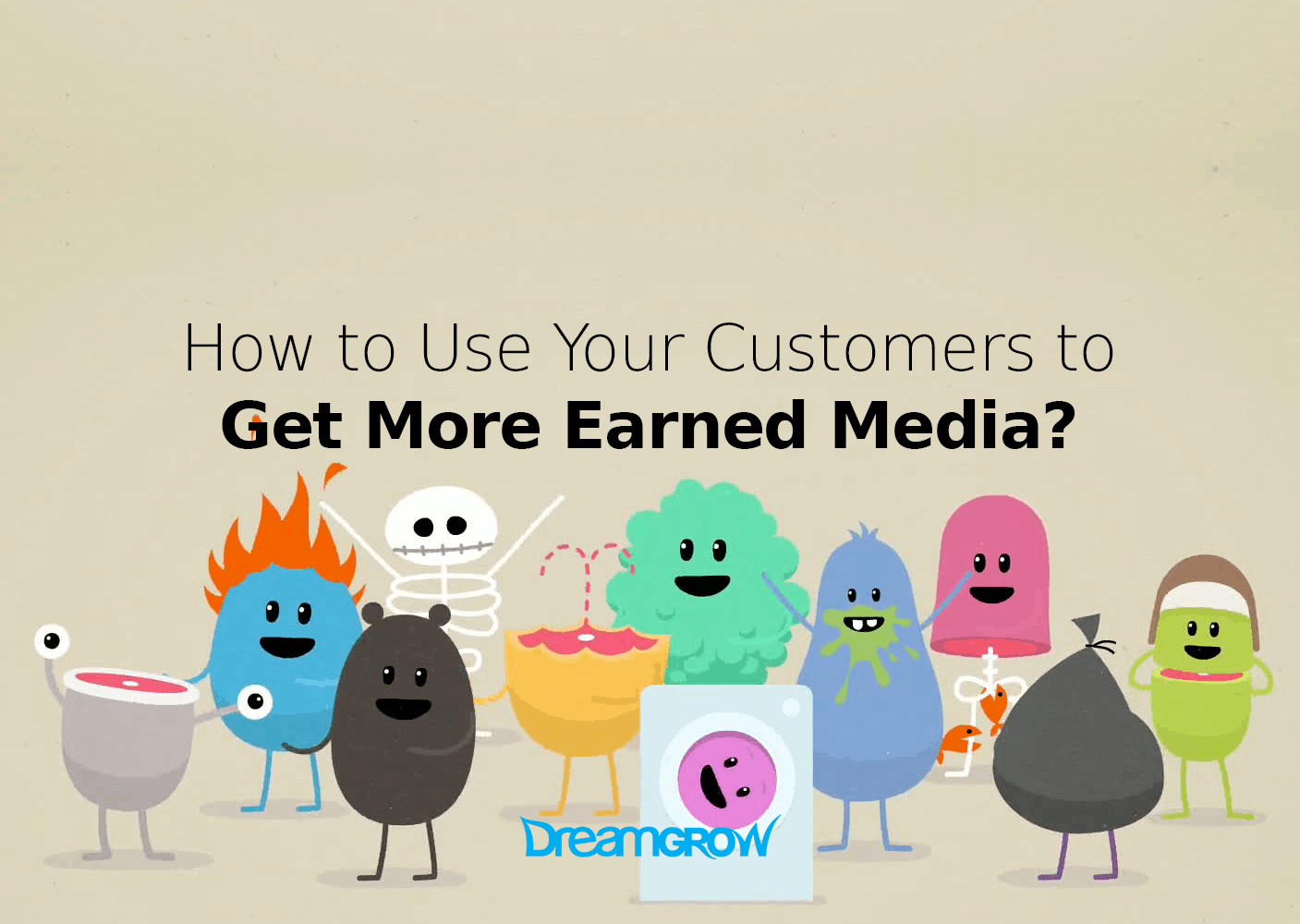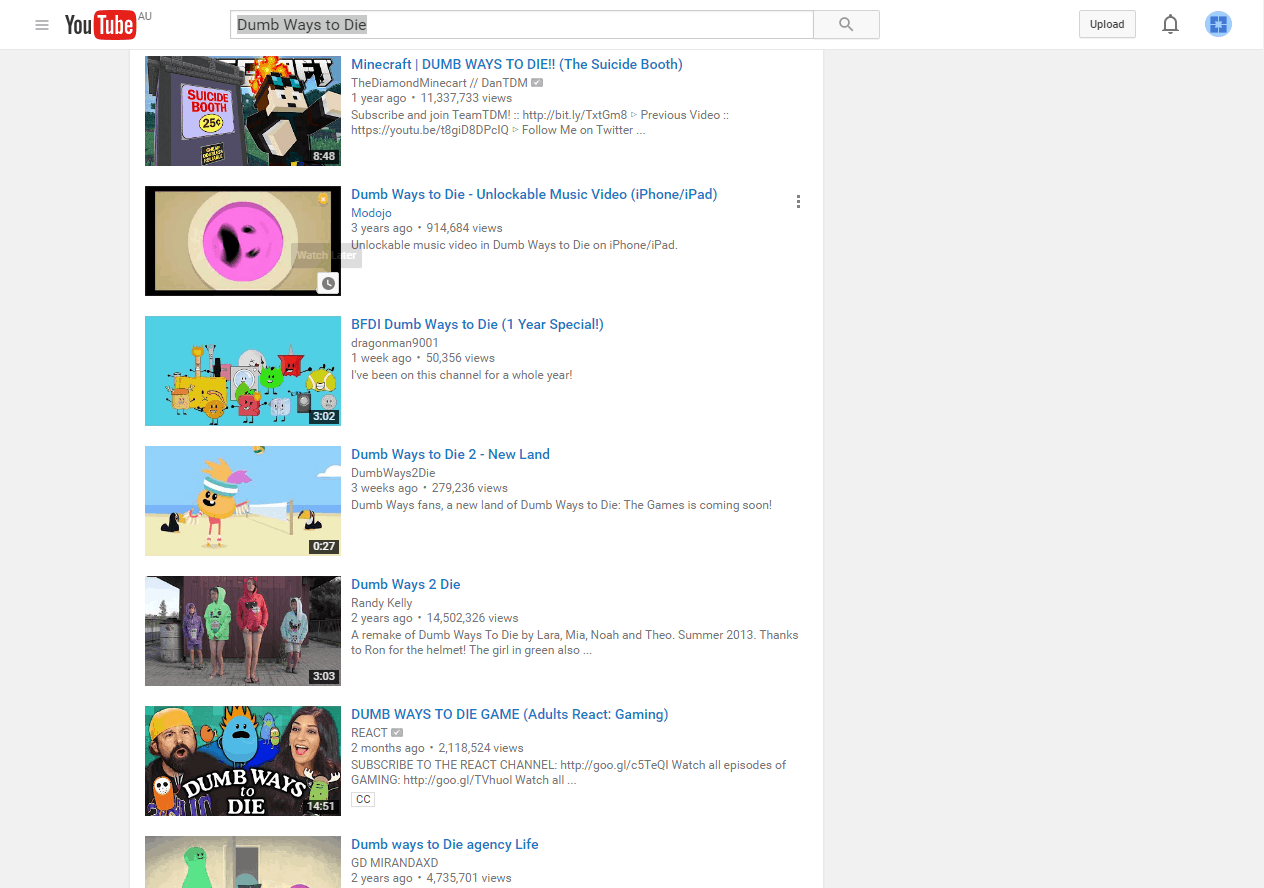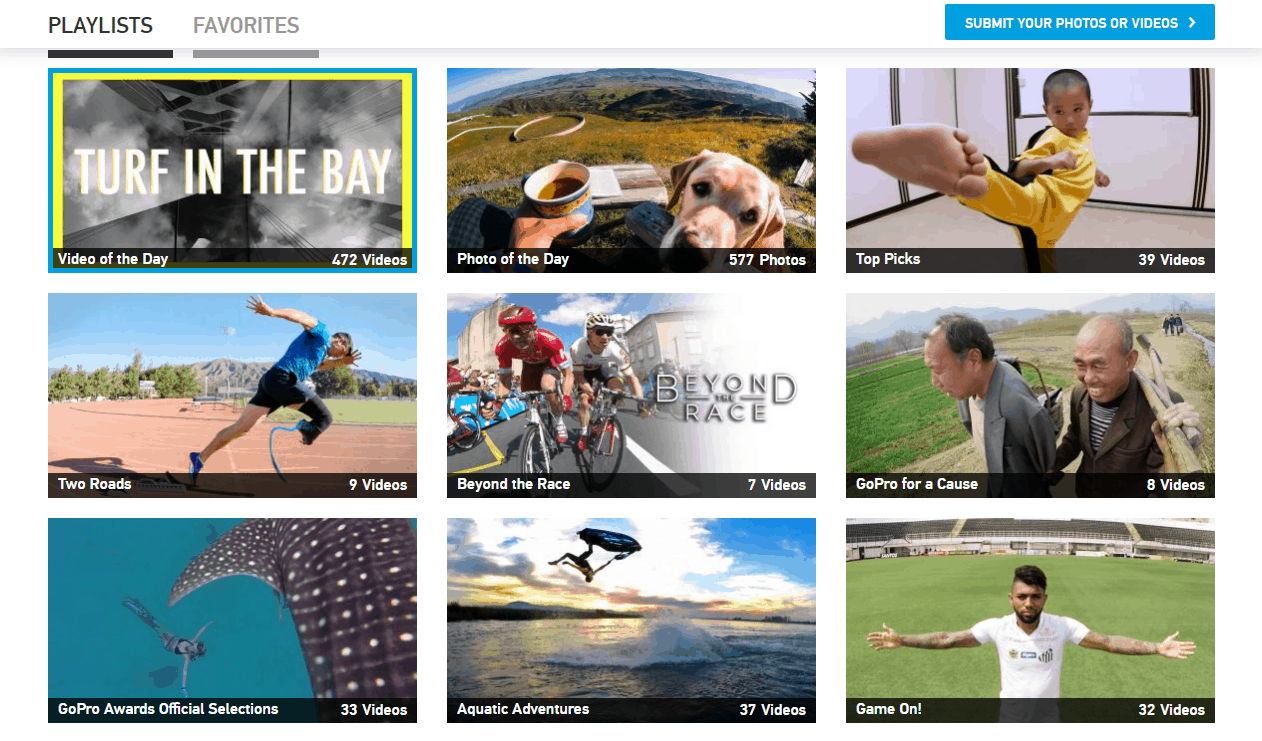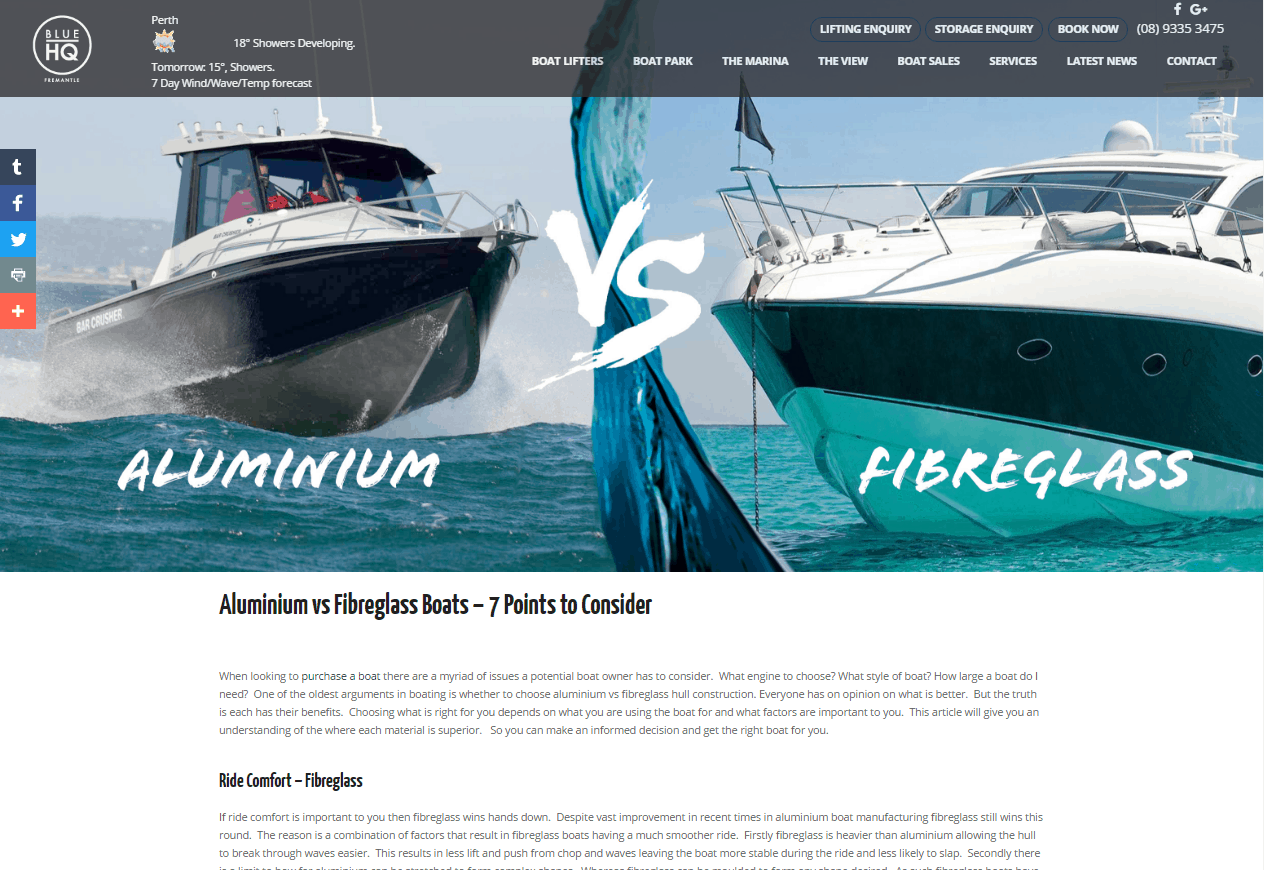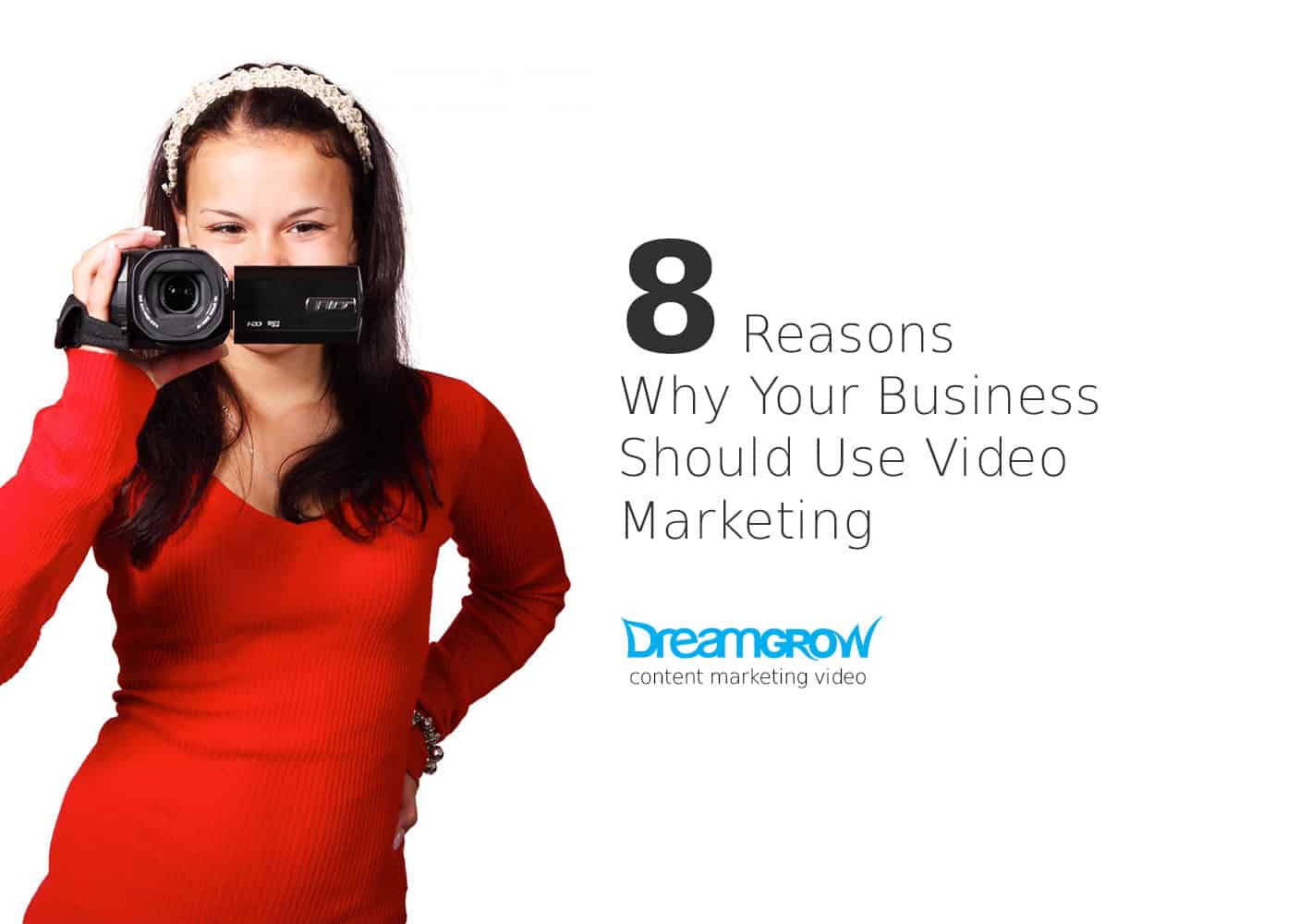We live in a social media age.
Everyone has the platform to have their voices and opinions heard; which means your existing customer base, however small it may be, can help you promote and endorse your brand. With over 1 billion people using Facebook alone, your fans can become influencers. Introducing your brand to their social circle as a trusted party is one of the most effective methods of marketing.
It costs between 4 – 10 times more to acquire new customers, so it makes sense to focus on your existing customers.
Things to consider
Social media and marketing, in general, is a numbers game. You cannot make everyone who sees your brand or product offerings commit to a purchase, but you can make them aware of your brand and what it is. Let’s use an example: If your post on Facebook generates 1,000 views and only 1% of those become consumers. It might not seem much at first, but the other 990 that have seen your ad are now aware of your brand where they may not have been before. They might have shared your post with a friend or referred a certain product offering to a colleague. This is where earned media comes in.
Before We Go Further, Lets Go Through the 3 Basic Types of Media:
Owned media is when messages and communication are carried out via channels the organisation owns. This provides organisations the most control over their message and communication.
Paid media is simply when a company pays to have their message appear. The company controls the content. However, there are content and technical requirements to which advertisers must adhere to (Facebooks 20% text rule). This option provides companies less control than if they opted for owned media.
Earned media is when discussions about a company are generated by internet users who share opinions, experiences, insights and perceptions. Think of it as word of mouth.
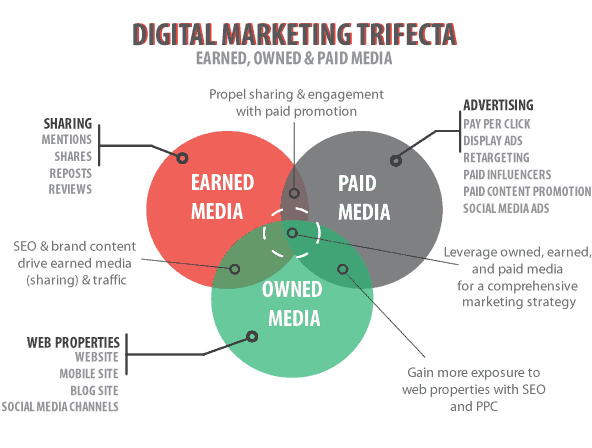
It is crucial to know what each of these are because the aim is to use owned and paid media to drive earned media. You need to utilise all 3 in order to get optimal results.
Setting your goals
Before you begin any campaign or post an ad even, you need to ask yourself “what is the purpose or the bigger picture?” This might seem easy enough but a lot of people miss or gloss over this crucial step. As you are going to be investing time, money and effort into this you are going to need to establish what you want to achieve. Is it going to be more traffic to your site? More discussion about your brand? More sales? Setting a clear goal from the outset allows for better measurement of results.
Collecting the Data
After you have decided what your goal or goals are, you are going to have to collate data. This is crucial because it is going to tell you:
- how effective your efforts are
- what you are going to need to change
- how are people responding to your message
There are several places to collect data. Google analytics: A requirement if you want to have a presence online. This tool can tell you:
- who viewed your website
- when they viewed it
- how long they stayed
- where they came from
Among other important metrics.
All your social media pages provide key metrics and information about your posts in the business and adverts manager pages. You can see a plethora of statistics and figures including:
- reach
- cost per click
- people taking action
Create your avatar
Before you focus on what your message will consist of, you are going to need to think about whom you will want it shown to the most? To build a profile of your ideal recipient, you need to consider factors such as their:
- age
- job/occupation
- gender
- location
- interests
- lifestyle
You have built a profile, next is to understand how your ideal group uses social media. Do they use forums to gather information before committing to a purchase? If so this provides a great opportunity to engage with your audience one on one and in turn generate some earned media when your feedback gets shared. There are programs such as Hootsuite that help businesses and marketers monitor conversations online.
The next question you need to ask yourself is “how often does my average user consume social media?” Are they constantly on social media? Do they only look at what they or their friends want (i.e. Tumblr)? Understanding this will help you utilise your marketing efforts to their fullest potential. So how do you get this information? Simple! Gather data from previous campaigns and note at which times people viewed your messages the most.
Content, Content, CONTENT!
By the definition of social media itself, it is heavily focused on content. Sites such as Tumblr are built around the distribution of content. The aim is to have rich, quality content that is unique to you. If you manage to have quality content that stands out, the rewards can far outweigh the costs.
Case study: Dumb Ways To Die
Many of you might be familiar with the campaign Dumb Ways To Die (DWTD).
For those of you who do not know, DWTD was commissioned by the Melbourne (Australia) government to prevent people from running across train tracks. The marketing firm, McCann, used a culmination of strategies and an integrated advertising campaign to push this video via social media.
This resulted in:
- The Dumb Ways to Die song reaching the top 10 chart of iTunes in 24 hours
- reaching number 6 in the singer/songwriter category on the global iTunes chart 48 hours after its release
- the video has amassed over 130 million views and 4.8 million shares
- DWTD was the third most shared ad of all time as of February 2015
- parodies and spin-offs being created, generating over 35 million combined views
- the first game app climbing to number 1 in 22 countries including the US, UK, Canada and Australia
- over 103 million downloads of the game
- 1.6 billion unique plays from every country in the world
- most importantly, 127 million people have stated that they would be safer around trains because of the campaign
To put it into perspective, Australia only has a population of 23.1 million as I am writing this.
What made that campaign effective was that they had content that they knew their avatar would find entertaining.
Content that Interests Your Customers
There are several ways to find content that your users would find interesting. Here are just some recommendations, and they aren’t the only ways to find topics. Using Adwords keyword planner and Google analytics provides many benefits such as:
- finding keywords that your users are searching to find you
- keywords that rank highly and have low competition
- finding keywords that are being searched frequently with not much content being provided on the subject.
Just as in the case study above, content should aim to be informative and provide the viewer with some form of value. Providing quality content can also make a brand seem more authoritative in the eyes of the reader and potential customers. This in turn will increase the likelihood of people willing to vouch for your brand.
Example of GoPro
Another great example of having fans endorse a brand is GoPro. Going onto GoPro’s site is a testament to customers being brand ambassadors. The action camera manufacturers rarely ever advertise and yet it is well known. The reason is that the brand encourages fans to upload their photos and show off their latest exploits.
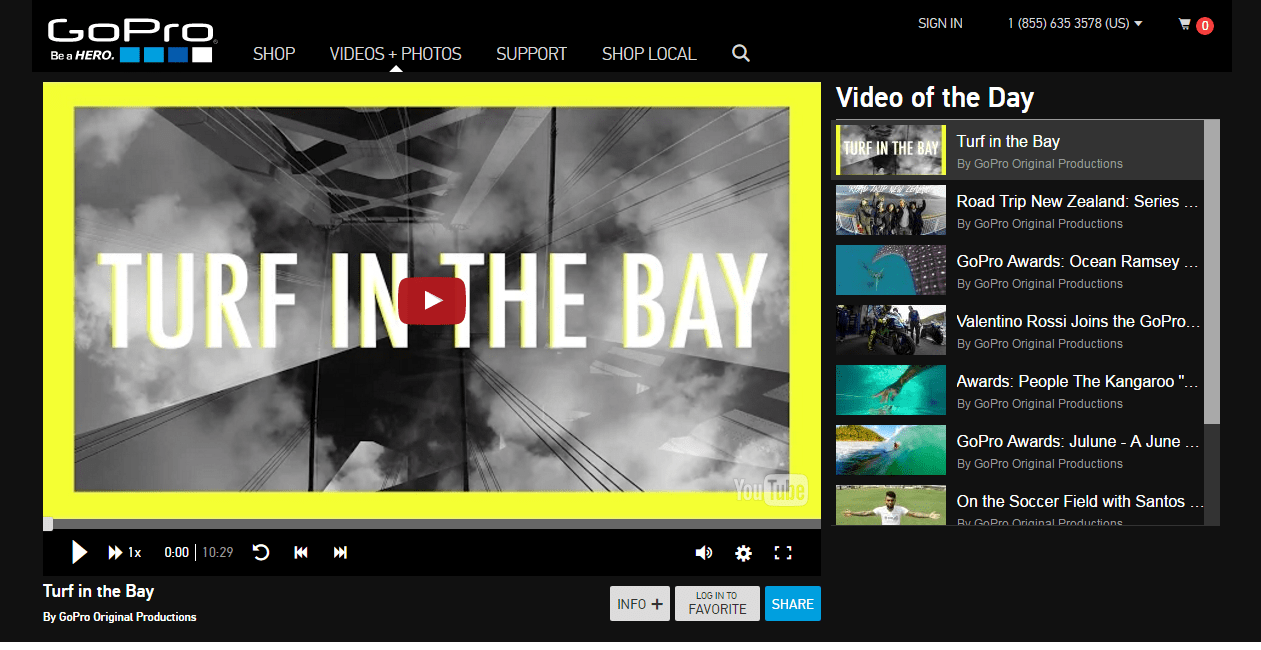
Case Study: BlueHQ
A client of ours in the maritime industry recently published an article discussing the differences between Aluminium and fibreglass boats.
The results: Nearly a quarter of the site’s traffic for the month was generated from that article being posted on Facebook. The key to providing content that you aim to get shared should provide value to the user. As seen in the picture below, their acquisition of sessions and new users has grown substantially. Considering that this is a client that had no online presence before, this is a huge step in the right direction.
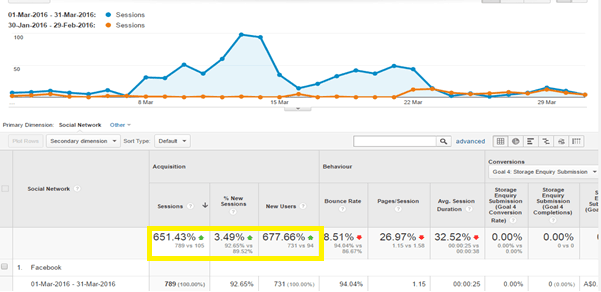
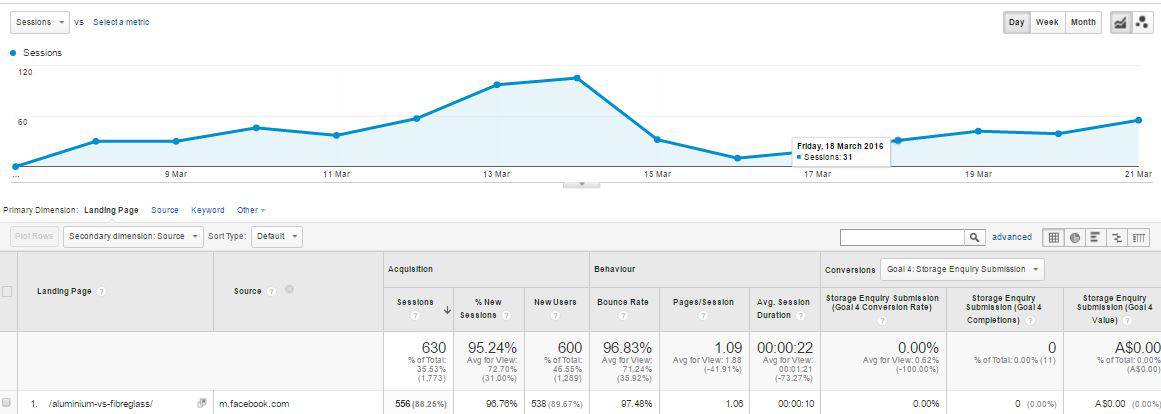
It’s Alright to Ask for Help
Besides having quality content with value, having positive reviews speaks volumes. Reviews are becoming ever more important in today’s market. According to MOZ, 67% of users stated that their decision was affected by reviews. With reviews playing a significant role in the decision making process, how do you get positive reviews from customers?
Firstly you want to build a solid amount of reviews over time; there is no pressure to have 100 reviews in 30 days. Methods for getting reviews may vary depending on industry and other factors. An effective method is simply asking customers. Ask customers that you know have had a positive experience with your brand recently. Ideally, you would want a customer to leave a review after they have made a purchase, or in the case of ecommerce, when they have received an item. This can be done via email subscription lists or in a physical form.
Conclusion
Reaching out to big fans is crucial as they are able persuade prospects into customers. Leveraging the power of your fans will yield benefits which go beyond marketing.
Photo credit: Appsforpcon
